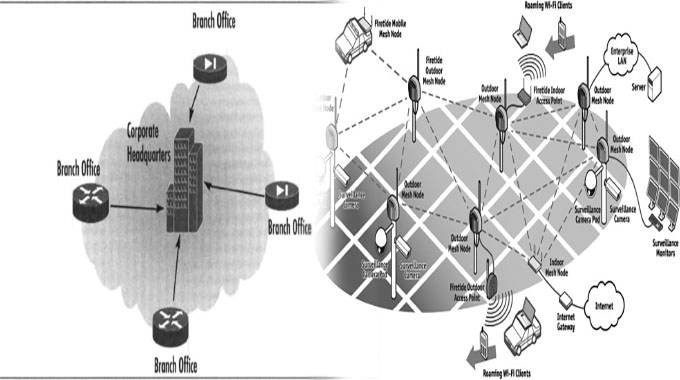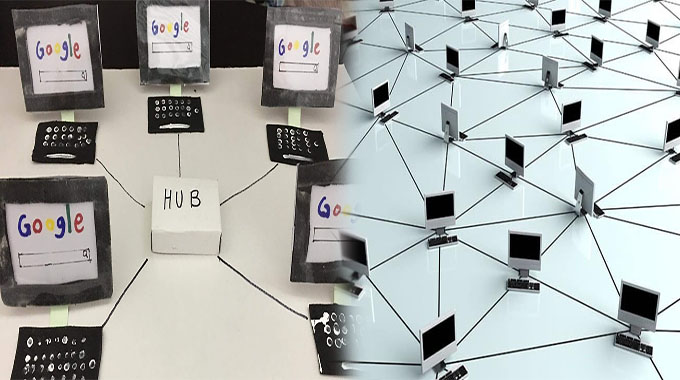The Topologies Of Data Centers
Data centers are one of the most important parts of any business. They provide a place for the company to store its data and keep it safe from cyberattacks and natural disasters. Data centers also help with faster processing speeds by separating workloads across servers, storage devices, and networks. But what exactly are these networks? How do they work together? And why do they need to be connected in certain ways? Let’s start with an overview of the topologies used in data center design:
Star Topology
Star topology is a network design in which all devices connect to a central connection point. This type of topology is ideal for small networks, as it’s easy to install and manage. A hub or switch acts as the central connection point, distributing data between all other components on your network.
The downside: if you want to expand your star-based network, it can get …















